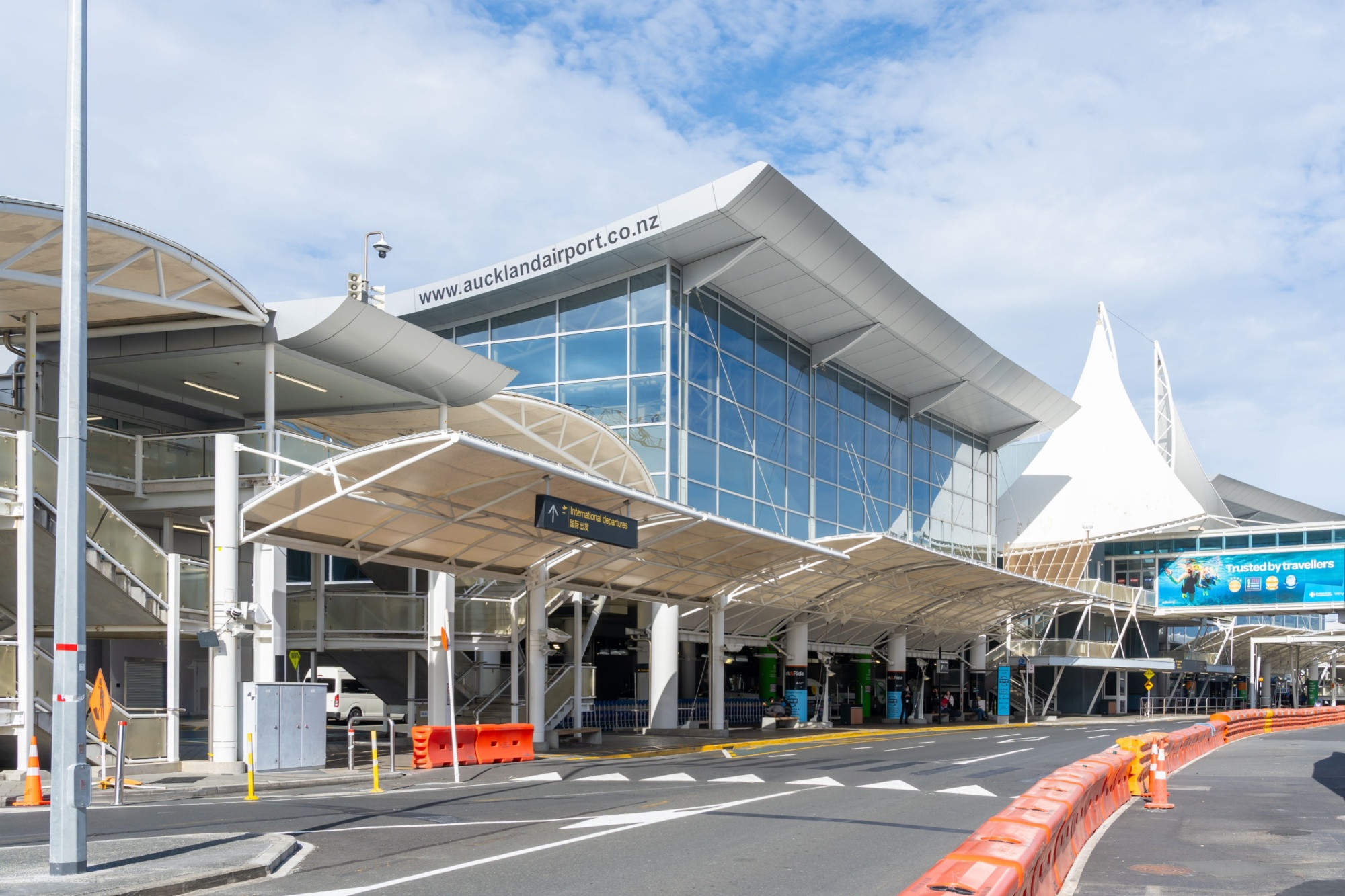Auckland Airport (AKL) is to invest in biofiltering technology and wetland management, in order to prevent future flooding similar to that which the airport experienced when Cyclone Gabrielle hit in January 2023.
An estimated 9.8 inches of rainfall inundated Auckland on January 27, 2023, usually equivalent to an entire summer’s worth of rain for the city. The airport was duly forced to shut down when a state of emergency was declared, leaving hundreds stranded.
Now, the Auckland Council has revealed the airport’s plans for the coming decade to reduce the impact of future extreme weather events.
According to flooding and sustainability manager Ellie Callard, Auckland, like most airports, contains a lot of concrete, runways and buildings, but at the same time, the airport also makes a huge investment in stormwater.
According to a 2020 study on the risk of airport runways going underwater by ResourceWatch, the reason airports are threatened by flooding or sea level rise is the fact that many of them capitalize on low, flat areas, as required for long runways to facilitate takeoff and landing. This type of land is typically found near large bodies of water – wetlands, marshlands and floodplains – and such areas are especially susceptible to sea level rise and storm surge.
Auckland Council claims that the airport is investing in “world-leading technology” designed to improve catchment, filtration and water quality discharge. The airport plans to use biofiltering technology and improved wetland management techniques that will capture, retain and treat stormwater on site, in a first for New Zealand.
AKL Airport is also working to restore contaminated land, historically used for firefighting training, and is working with iwi (Maori tribes) and community groups on coastal and community clean-ups, planting programs and wildlife protection.


